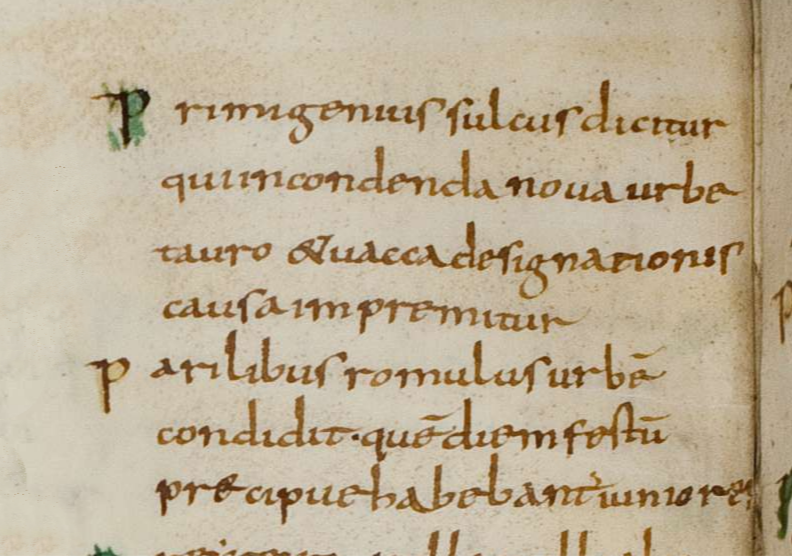Small Packages (revisited)
- sulla80

- Sep 4, 2021
- 3 min read
Updated: Jul 19

This coin weighs in at 0.49g, about half weight of the last small coin that I posted and about the same weight as this Litra from Akragas. This is another entry under the heading of "good things come in small packages".
What is it? "Une pièce sur un petit flan bien centré. Belle tête d'Apollon. Joli revers inhabituel d'une cuirasse. Patine brun." OK - maybe that doesn't answer the question - but I don't find enough of these to share a "common name". Maybe chalkous or hemichalkon is the right name to apply? A relevant reference on weight standards can be found in this Overview of The Handbook of Greek Coinage Series, Scott Van Horn and Bradley R. Nelson.

Ionia, Magnḗsĭa ad Mæándrum, circa 400 BC, Æ 9.3mm (0.48 g, 12h), Rare - especially in this condition
Obv: Laureate head of Apollo left
Rev: M-A, cuirass between
Ref: SNG Kayhan 393
The rarity of these coins is not surprising to me. I find it surprising that a <10mm little coin, a dust spec of a coin, a coin weighing about half a gram, survives >2400 years in this condition.

A muscle cuirass was made in two pieces of bronze or leather in the form of a male torso. Breastplate and backplate fasten together at the shoulders and sides. The photo above shows 3rd or 4th century BC, miniature trophy at the Vienna Kunsthistorisches Museum. (See: Richardson 1996)
Where is Magnḗsĭa ad Mæándrum?
Some nice photos and more information can be found here and another interesting overview of the history here.

Strabo dedicates several passages in Geography 14.1
"The first place after Ephesus is Magnesia, an Æolian city, and called Magnesia on the Mæander, for it is situated near it; but it is still nearer the Lethæus, which discharges itself into the Mæander. It has its source in Pactyes, a mountain in the Ephesian district. There is another Lethæus in Gortyne, a third near Tricca, where Asclepius is said to have been born, and the fourth among the Hesperitæ Libyans."
If the date on this coin is correct, it is from the time when Thibron (aka Thimbron), Spartan general, captured the city and moved it and then lost control again.
"Advancing some one hundred and twenty stades, he [Thibron] came to Magnesia which was under the government of Tissaphernes; taking this city at the first assault, he then advanced speedily to Tralles in Ionia and began to lay siege to the city, but when he was unable to achieve any success because of its strong position, he turned back to Magnesia. And since the city was unwalled and Thibron therefore feared that at his departure Tissaphernes would get control of it, he transferred it to a neighbouring hill which men call Thorax; then Thibron, invading the territory of the enemy, glutted his soldiers with booty of every kind. But when Tissaphernes arrived with strong cavalry forces, he withdrew for security to Ephesus."
-Diodorus Siculus, Library 14.36
Also near this date, after the violent reign of pro-Spartan, Thirty Tyrants in Athens, Socrates was tried put to death (399 BC). His association with Critias, one of the Thirty, and his general communication style were both contributing factors in his sentence to death.
References (in addition to those linked above)
Tomb of the Warrior, Lanuvium, Dan Diffendale
Richardson, E. (1996). The Muscle Cuirass in Etruria and Southern Italy: Votive Bronzes. American Journal of Archaeology,100(1), 91-120.




The artwork on this coin sensational, especially when you consider the tiny scale the engraver had to work with 😃. I wonder if the reverse really depicts a cuirass or is it simply the torso of Apollo 🙄?